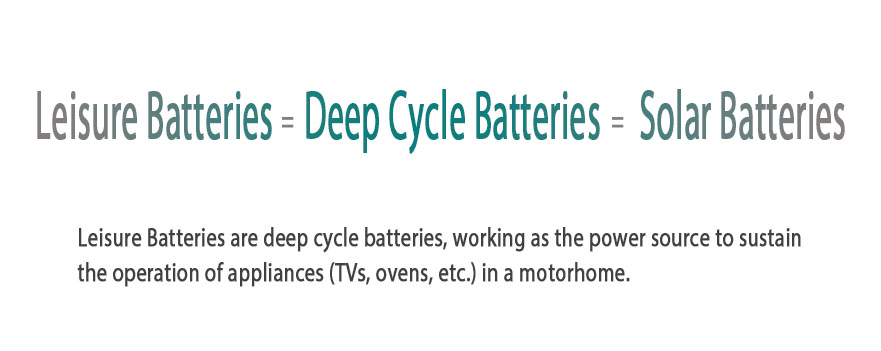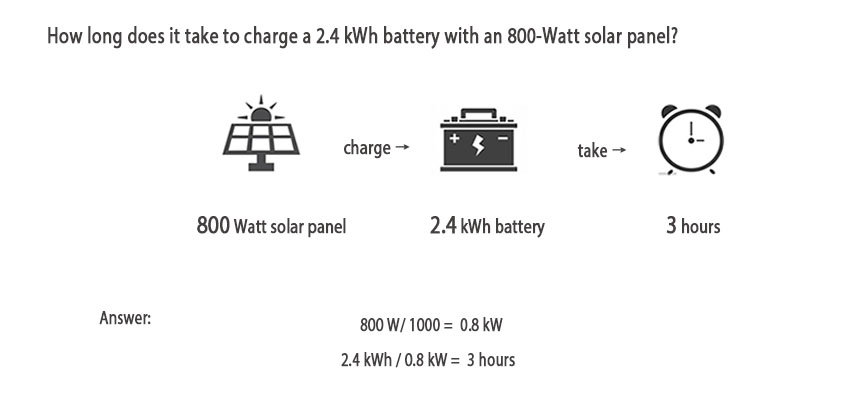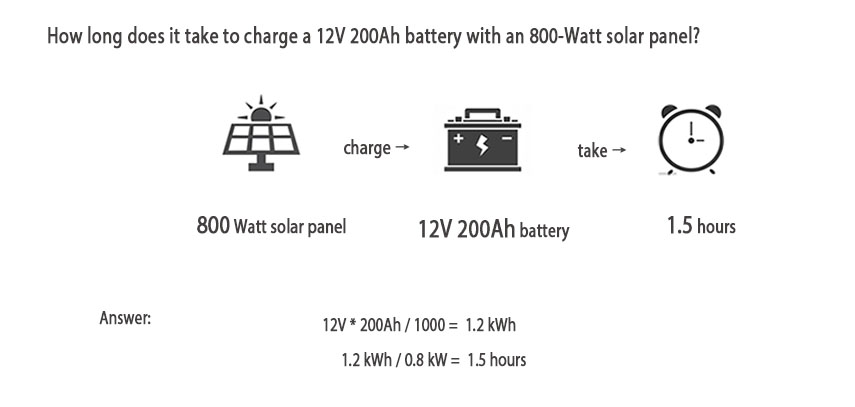Charging A Solar Battery In The U.K.
Charging A Solar Battery In The U.K.
The United Kingdom is farther north than a lot of European countries. Because of this, there are specific times of day that produce far more solar energy than other periods.
There might also be times when you want your solar battery charged, but it has been rainy outside for several days. Are there other ways to charge your solar battery?
We’ll cover both of these scenarios, and talk about where to go for additional help if you need it.
Charging A Solar Battery With A Solar Panel
The traditional way to charge a 12v battery with a solar panel is to hook them up using a solar battery charger controller.
The charger controller is typically something like a 12v 60A MPPT with a DC to DC interface for small domestic installations like an 800 Watt solar kit. It takes the DC power generated by the solar panels, regulates it, and then lets it flow to the battery. It can also monitor the battery temperature to detect possible overheating issues.
Without the charger in the middle of the connection, you risk surges, electrical backwash, and low amperage flow that could damage the components. Even with a proper charger, you’ll want some sort of surge protection, such as a 60A fuse. That might be a stand alone safety mechanism, or part of a large DC fuse box if you have multiple DC devices or charging mediums. Your system might also have a battery killswitch, depending on how it was installed.
If you’re charging multiple 12v batteries off of the same solar array, the batteries should be connected in series. That means connecting the positive terminal to the negative terminal, and the negative terminal to the positive terminal in a chain. Batteries in series increase the capacity of the system, while batteries in parallel increase the voltage level of the system.
Larger installations will have a similar setup, but might use a charge controller of different capacity, a bigger fuse, and the like. If you need some help setting up your charge controller, check out Renogy’s tutorial on the installation process.
Charging A Leisure Battery With A Solar Panel

If you have a boat or RV leisure battery that can be recharged with solar power, the setup is similar to what we’re talking about above, but commonly incorporating positive and negative bus bars so that you can have multiple sources of charging (like shore power, solar, etc.) and both AC and DC appliances.
Luckily, Renogy has a complete U.K. Campervan Wiring Guide that will walk you through the extra components and steps one by one. It even covers scenarios like EU travel considerations and the apps that you can use to help you monitor and maintain your battery charging system. So check it out!
How Long Does It Take To Charge A Battery With Solar Panels?
Luckily, the math is pretty straightforward as far as charging times. On a clear day during peak solar hours you should be generating close to your maximum solar array capacity. Let’s say that’s 800 Watts.
If your battery capacity is measured in KiloWatt Hours, it will recharge 0.8 kWh for every hour of full production from your 800 Watt array. So if you have a total battery capacity of 2.4 kWh, it would go from nearly flat to fully recharge in around three peak solar hours (0.8 * 3 = 2.4).

If your battery is measured in Amp hours, such as this 12V 200Ah Lithium Iron Phosphate Battery, you can convert to kWh by multiplying the voltage by the Amp hour rating and dividing by 1,000. For example, with the above battery, 12V * 200Ah / 1000 = 1.2 kWh. To charge that with an 800W array would take 1.5 peak solar hours (0.8 * 1.5 = 1.2).

Note: The calculations above can be affected by many factors, such as the precise solar panel output in the real world.
Charging A Solar Battery With Other Green Power
It can get a bit darker during the winter months, particularly in the northern parts of the U.K. Sometimes peak sun hours fall below three per day on average. Particularly in the likes of northern England, Scotland, and Northern Ireland, you might find yourself wanting to top up your solar battery using other forms of green power. Luckily, those are also the areas with higher wind speeds and more flowing water, so you may be in luck.
Other sources of generation might include a small wind turbine or micro hydro power (if you have a stream on your property).
On the micro hydro side, the U.K. government has a complete guide to getting started. In most cases you’ll need to consider the strength of the water flow and the distance that it falls (known as the ‘run’) before you choose a system.
A DC turbine can be connected via a power regulator to help charge your DC battery array. An AC turbine will also need an AC/DC converter or built in rectifier. Fuse ratings may need to be adjusted based on additional power generation. Consult with your water turbine provider for the exact specs.
On the wind turbine side, you can produce both solar and wind power at the same time, and charge your battery using a hybrid charge controller. But only invest in wind turbines if your chosen location can generate a decent amount of power!
Generally speaking, your ‘cut in speed’ should be below your ‘mean wind speed’, and you should be in at least a green zone or better on the U.K. wind map. Most wind turbines are AC, and will need an AC/DC converter or built in rectifier. Fuse ratings may need to be adjusted based on additional power generation. Your turbine provider can provide exact specs.
Getting The Help You Need
Renogy has a team of experts who can answer your questions if you’re trying to properly size up your solar installation and DC battery array. You can contact Renogy online or drop them an E-mail at the link above, and they’ll get back to you as soon as possible.Renogy online solar powered calculator for the UK area is also an easy tool to help figure out your total energy consumption and recommend you a proper solar system size.
Renogy offers a wide range of solar products including off-grid solar panel kits, monocrystalline solar panels, charge controllers, inverters, 12V solar batteries, and more. Big sales are available from time to time. Check out them right now.
Read more:
What Size Solar Battery Do I Need In The U.K.?
What to Look for In A Solar Battery Charger
What Is the Life Expectancy of a Solar Battery?






